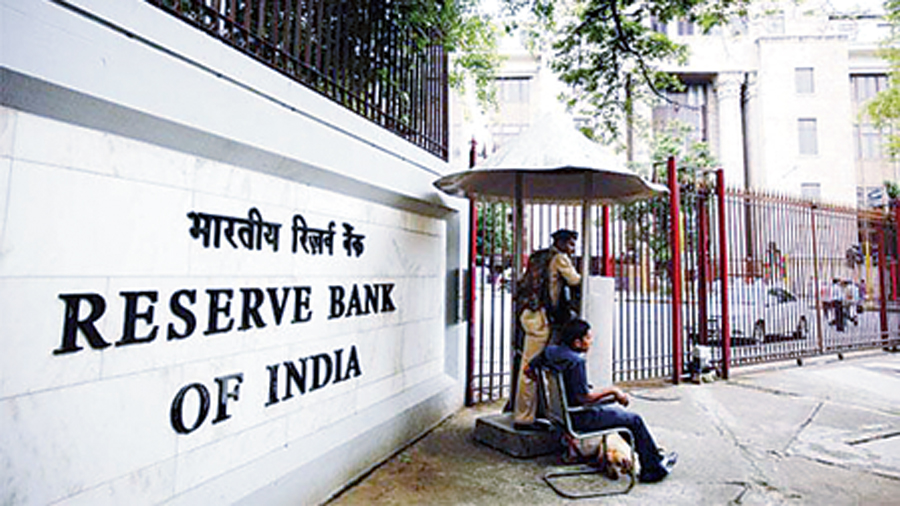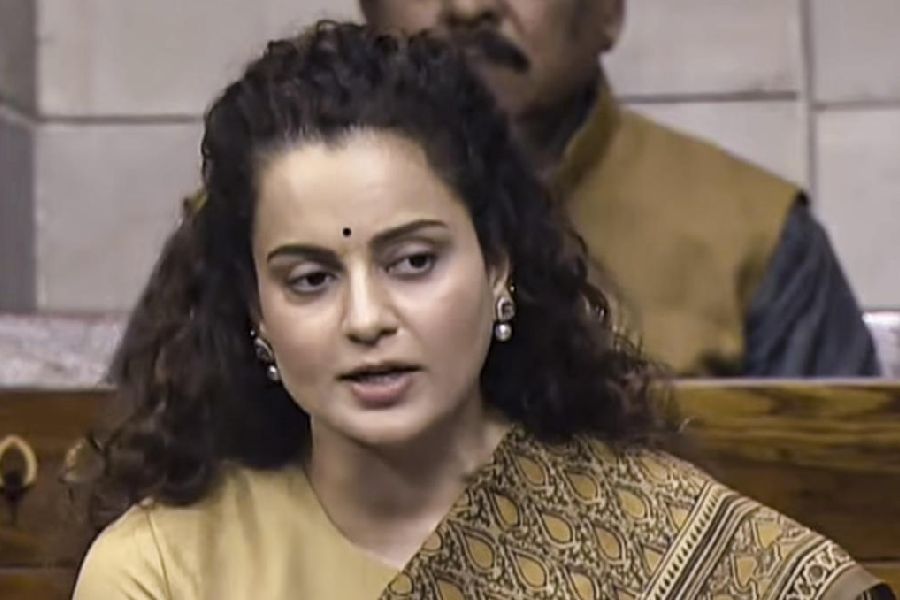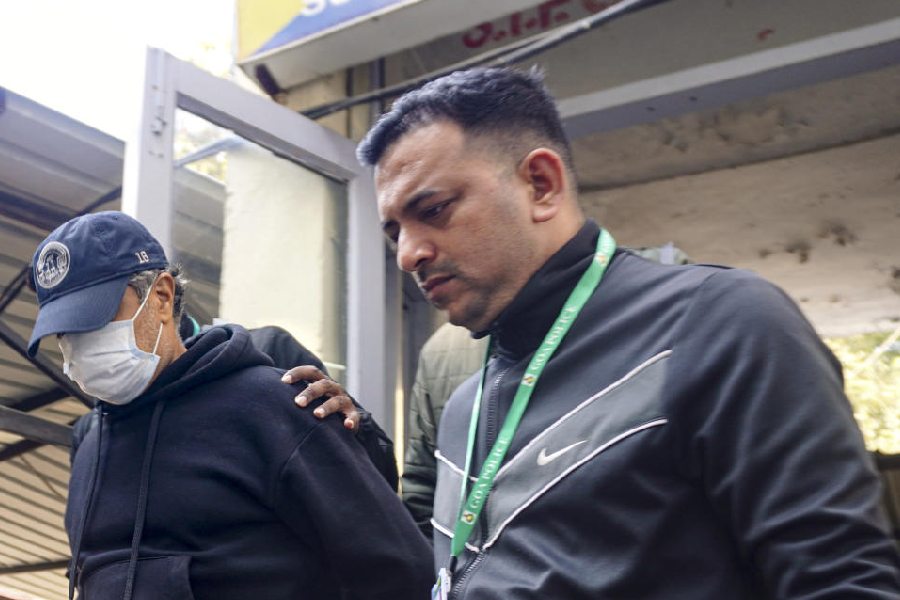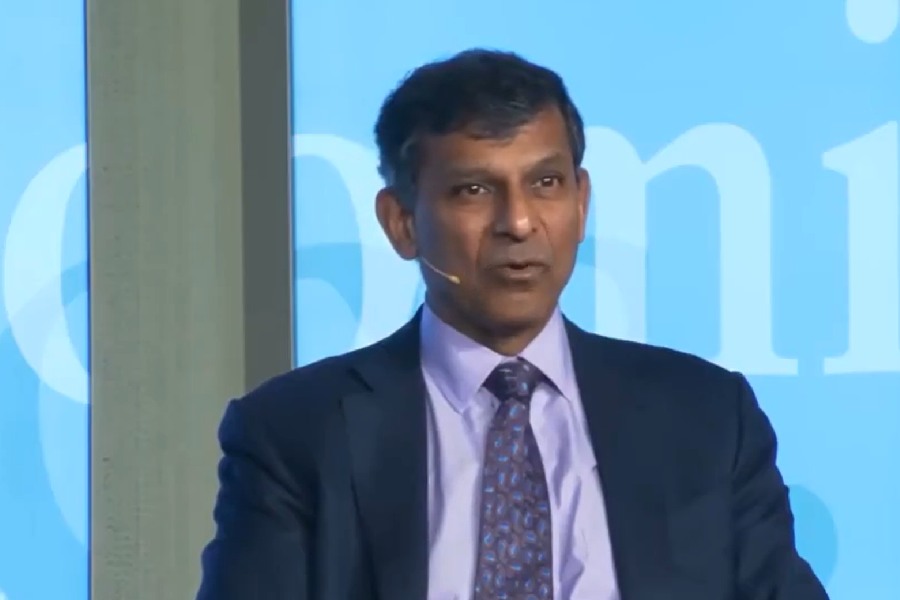The Reserve Bank of India has indicated that the true health of the Indian banking sector is much worse than what current statistics indicate. The commercial banking system’s gross non-performing assets were 9.1 per cent of advances in March 2019. This fell to 8.2 per cent in March 2020. It fell further to 7.5 per cent in September 2020. This, as it appears, is good news. However, it conceals more than it reveals. First of all, the Insolvency and Bankruptcy Code helped resolve many large non-performing corporate accounts. This was a one-off improvement in the balance sheet of the banking sector. Second, banks usually prefer to write off bad debts after a while rather than keep provisioning for them. Again, this helps improve the optics of their balance sheets. Even after a debt is written off by a bank, the borrower continues to be liable to repay the written-off debt. However, banks are usually lethargic in pursuing borrowers. Data reveal that only 15-20 per cent of such debts are ever recovered. Third, the RBI, in the year of Covid-19, allowed a standstill in asset quality as part of its regulatory forbearance. In short, this meant that NPAs were not to be identified and declared. This will end on March 31, 2021. The true picture of slippages and new NPAs formed during the Covid-19 period will emerge only then. According to the banking regulator as well as banking sector observers, the real carnage of economic disruptions will become evident once the special measures are rolled back.
This will imply that banks will be unable and unwilling to lend and expose themselves to additional risks. Their lending strategies will become conservative. During the pandemic, credit off-take has also been slow; latest data for November 2020 show that it has actually shrunk by 0.7 per cent. Deposits in banks have grown during the period. While this may reflect the trust shown in the banking system by depositors, it becomes more difficult for the banks to earn profits. Low demand for advances and high supply of deposits are not good news for banks. There are two ways out of this, and they must occur concurrently. The animal spirits of Indian investors have to become active, driven by optimism and opportunities, and the government has to make large budgetary provisions using tax-payers’ money to infuse capital in the weakened banking system. When these concurrent changes will take place is anybody’s guess at the moment.










